#Social Design
Explore tagged Tumblr posts
Text
CARD GAME MECHANICS




These frameworks are taken directly from the research that we did. The most promising one is the roleplay since it is the most comprehensive and informative out of all of them. However, it seems to be too dry to play. We still need to add an additional layer of fun into it, figure out the scoring mechanics and many more.
6 notes
·
View notes
Text






was thinking about that one blind professor post earlier today and how well it applied to the aptly named Team Dark

(really 'Team Dark' just sounds a lot cooler than 'Team Saves-On-Electricity')

#just another tally added to the board of reasons it's hard to imagine any of these guys ever entertaining guests 👍#the trickiest part of this gag was trying to think of who would ever visit these guys lmao#not the most social of butterflies this group#sth#rouge the bat#amy rose#shadow the hedgehog#e123 omega#team dark#comic#my art#doodles#sonic#sonic the hedgehog#is that really the general tag that gets used? which one of these 3 is the main one here a;sldkjf#anyways first time drawing amy!#I like her funny little shark fin from her classic design
57K notes
·
View notes
Photo

How Thing Dont Work
Victor Papanek and James Hennessey
www.revuedas.com
5 notes
·
View notes
Text

Like Mama… (1977)
14K notes
·
View notes
Text
Doctor who it’s me your regency era situationship I’m in cgi hell. You have to remember that you’re gay
#erm did not expect this to get notes so these were all my original episode liveblog thots >>>#RTD YOU WANT TO BE 11 ERA MOFFAT SOOO BAD#just inherently evil homophobia and ableism world is funny#loveddd the set design in this ep a LOT. I’ll have to see where this goes but overall I’m like stoppp w the classic who nostalgia lmao do we#need the omega rn really. I have a bad feeling vav cartmell masterplan#also god rtd always goes so heavy handed w social commentary like we get it man#but yk what it was camp I had fun#warlock wartalks#dw spoilers#doctor who
7K notes
·
View notes
Text
Systems mapping and the possibility of a bottom-up systemic design
With the conclusion of systems thinking/system mapping lectures with 3rd year Social and Service design undergraduate students, I have developed some thinking on systems mapping, systemic design and social design.

System mapping can be many things, from causal loop (rooted in systems dynamics) to stakeholder map and journey/process maps. In a broader sense, system mapping is the process and outcome of sense-making of what consists of a system (components) and how they are bind together (connections/relationships)
The prevailing systems mapping practice in systemic design somehow resembles consultancy work, particularly its participatory process of running workshops, doing interviews, engage stakeholders to reflect difference for negotiation/building concensus/co-visioning. Indebted to Checkland's interpretative methodology and rich picture approach, systemic designers highlight their ability to bring visual power to their system mapping process and artifact, thus reaching broader audience with better communicative power. This proposition for designers is shared by Birger Sevaldson and Peter Jones, the two major representatives of systemic design in Norway and Canada.
Comparatively speaking, the Oslo school of systemic design (led by Seveldson) tends to build "gigamaps" that contains information across levels and different perspectives. This gigamap, according to Sevaldson, serves as a "memory" of design research as well as enriches design space (display on the wall for example). It however requires significant amount of effort in collecting information and arranging in highly aesthetic layouts. The Canadian school of systemic design, led by Peter Jones and the practice of "synthesis maps", focuses more on the conceptual models and mechanisms of system, and borrows theory from different disciplines (e.g., economics and psychology) to build "archetypes". Peter Jones and colleagues have developed rich resources of templates and archetypes that can be used as starting points in client-designer context. However this more procedure-based process may also already confine what can be generated from dialogues and fieldworks.
Acknowledging designers' visual power, designers do have limited understanding and basic training in the broader socio-economic systems, compared to students trained in social science. For example, business students, despite their limited hands-on experience, do have a better sense how financial reporting works and why the reporting routine can generate influence in daily operation and decision making. Therefore while being attracted by the beautiful visuals of system maps by systemic designer, one may ask if it helps communication between people who may have already developed a certain language system or making an additional layer in between. A new perspective like visual thinking may help to see the ordinary with fresh eyes, but it may well better create useful interactions when the communication is between different communication systems, e.g., between public/consumer and management, or between broader stakeholders, e.g., local community, and government.
The above-mentioned systemic design (as a practice), in my view doesn't make a foundamental difference from consultancy work. However, I argue designers can also enter the system/system mapping with a completely different entry point, that is from the ground up. Entering from the "big, buzzing confusing of reality", the unspoken pattern of habitus. The abstraction of the world in the mind is highly structual and path dependent, while multiplicity of experience is infinite. Designers who do ethnographic type of fieldwork often struggle with simplifying and appropriating what they observe to pre-determined measurements and frameworks, yet I argue it is this messiness that bears the possibilities of viable new relationships. In the classroom I used work by Street Report World (IG @street_report_world) as visual research resource to illustrate how relationships can be abstracted from ground up and new relationships can be imagined. Without seeing the picture of pigeon and tramway track one would never imagine such a relationship exist. (While writing this sentence Maan Barua's Lively Cities comes in mind. I have tried to think the Hong Kong counterpart to his monkeys jumping between electric wire and "bombed" transmission station, but all I could think of is pigeon taking building structure as shelters. Human's imagination is certainly limited.) I tried to find precedents of such practice where ethnographic research is interpretated visually into more abstract terms but I couldn't find any. The only reference I can think of is the rather primitive endeavour by ethnographers to use diagrams (see Chapter 7, in Experimenting with Ethnography, edited by Ballestero & Winthereik, 2021). Designers have better skillsets to illustrate the emerging relationships that are already part of messy reality, but to make it significant and relevant to any societal level change, they need more training or external help in projecting it to the broader system. The other way to think of it is to look at the pattern that is shared across scale (thinking of fractal). While the existing structure may seem to be unshakable, the ground level view is often a mix of "logics" (Mol, 2008). To accurately map the competing or co-existent logics at micro-level prepares the alternative narrative for grander transformation. Isn't Foucault's genealogy of prison or sex following the same logic?
I am so grateful for the trust Social Design faculty puts on me for the opportunity to deliver this couple of lectures. The process of preparing for these lectures greatly refreshed my memory and enhanced my understanding. In a short conversation with Kam Fai after the lecture, we shared our feeling that Social Design as being taught and practiced in PolyU School of Design is quite different from social design in other places (e.g., in China or Italy/DESIS). One takeaway I had from diving into systemic design is that academia theorization is largely dependent on a good quantity of project being done, both in university-industry collaboration (sort of a client-designer situation) and in teaching, so that the topic could evolve and mature in real project situations. In Hong Kong, social design projects are funded in a different way (compared to, for example, the government-downgraded projects due to neoliberal austerity , as described in Julier & Kimbell (2019), or the government sponsored projects as for service design in nordic countries). It is my guess that the viability of social design / NGOs are related to the churches and its long tradition supporting the Chinese community since colonial time, as well as the government funding structure for supporting people living at / below poverty line (there is no 居委会 as the community governing body). With this developing understanding of the social context and the practice, can our Social Design become a school of thought itself, with its own methodologies and theory? To take it one step further, how can we imagine social design going beyond the Micro and think of its connection to societal change? (At the end of the day, I still cannot escape my economist grand "gaze"!)

7. The credit systemic design rightly gave to the soft systems approach of Checkland (Sevaldson, 2021) leads to interesting question of how systemic design, and design in general approaches change. Interestingly, I find a high degree of similarity of what systems thinking was trying to achieve in business management, through teaching in business schools and consultancy/"action-research" works, quite similar to many methods adopted by design. In 2019, Design Issues reposted a reflection by Fred Collopy titled "Why the Failure of Systems Thinking Should Inform the Future of Design Thinking", in which reads the following:
"Systems thinking, as written about and practiced by Russell Ackoff, C. West Churchman, Peter Checkland and others, contained within it many of the impulses that motivate the application of design ideas to strategy, organization, society, and management. Ideas such as engaging a broad set of stakeholders, moving beyond simple metrics and calculations, considering idealized options and using scenarios to explore them, shifting boundaries to reframe problems, iteration, the liberal use of diagrams and rich pictures, and tirelessly searching for a better set of alternatives were all there." (p. 98)
One with certain sensitivity to design research could easily identify the traces of participatory design / co-creation, foresight & futures, speculative design, frame innovation, etc, etc. While excited with the new ways of representation, as a discipline we should also ask ourselves: have we learnt from the fading of systems thinking in business? In which foundamental, epistemological or methodological ways design could breakthrough from what systems thinking cannot achieve? What design really has to offer, and what are those things?
In the same article, the author listed a few difficulties faced by systems thinking at the time:
"I have heard their objections to the arbitrariness of any particular system’s boundaries, to the impossibility of balancing the incommensurable objectives of a system’s many stakeholders, and to the difficulty in identifying clear measures of a system’s performance." (p. 98)
Similarly, critical systems thinker Michael Jackson in his critical review of the field after decades of development points out:
"SSM (Soft Systems Methodology), to radical change critics, merely facilitates a social process in which the essential elements of the status quo are reproduced – perhaps on a firmer footing since differences of opinion will have been temporarily smoothed over. In doing so, it supports the interests of the dominant group or groups in the social system. Checkland (1981, p. 283) does seem to take the point that the discussion/debate stage of SSM can be crucially inhibited by society’s structure but concludes rather weakly from this that “it is the nature of society that this will be so.” This says nothing about the degree of constraint on discussion imposed by particular social arrangements or about the possibility of changing the arrangements in order to facilitate communicative competence. The social environment in which the methodology has to operate nullifies, therefore, its attempts to bring about changes based on a genuine accommodation between different opinions and interests. The methodology is culpable in that it is prepared to accept for implementation changes emerging from false accommodations produced by distorted communication. " (p. 436)
This rather gloomy view resonates perfectly with Julier & Kimbell's reflection on social design (also in 2019) that "as currently configured", that is, without normative structure and integrated direction, and work mostly on virtual imagination of change, "social design practice is destined not to tackle the causes and consequences of inequalities, even while being enrolled in social change and policy development." Though Julier and Kimbell were writing in the context of social design conducted in client-designer situations or government agencies, the question does point to a problem that is applicable for design's growing ambition in addressing wider socio-technical-economic issues. Changing one language to another (visual) language is not going to change the power dynamic, nor make action easier, let along making consequences more preditable and manageable. The answer to the question of "how design solve the problem of virtualism, elitism and power dynamics" points to a fundamentally different methodology and even epistemology. That is where I believe the future of design research lies in.
Reference:
Chapter 7, Drawing as Analysis: Thinking in Images, Writing in Words, Rachel Douglas-Jones, in Experimenting with Ethnography, edited by Ballestero, A. and B. R. Winthereik, 2021. Duke University Press.
Barua, M. (2023). Lively cities : reconfiguring urban ecology. Minneapolis, MN, University of Minnesota Press.
Mol, A. (2008). The logic of care : health and the problem of patient choice. Abingdon ;, Routledge.
Julier, G. and L. Kimbell (2019). "Keeping the System Going: Social Design and the Reproduction of Inequalities in Neoliberal Times." Design Issues 35(4): 12-22.
Picture from Ding Ding 叮叮, Street Report No. 3, Cathy Hang, Temporary Press (it was great to have talked to Faz Bin Zohri, one of the initiators of the series in this year's Tai Kwun Booked bookfair!)
Sevaldson, B. (2021). Designing complexity : the methodology and practice of systems oriented design. Champaign, IL, Common Ground Research Networks.
Collopy, F. (2019). "Why the Failure of Systems Thinking Should Inform the Future of Design Thinking (06.07.09)." Design Issues 35(2): 97-100.
1 note
·
View note
Text
Things strangers on the Internet have randomly recogised me from:
TV Tropes pull quotes
AI-voiced readings of Tumblr posts on TikTok
The author's notes of the earliest known Tony the Tiger/The Grinch fanfic
The "analysis" section of Wikipedia's article on Goncharov
Things I have literally never been recognised for:
My actual, published work
4K notes
·
View notes
Text
Fuck hostile architecture, I want unhostile architecture. I want benches to be designed to be as easy as possible to sleep on. I want little places for pigeons to nest to be purposefully put on buildings. I want people designing public spaces to think about what they'd be like to skateboard on. I want "Please loiter" signs. I want people to be kind. I want...
#my thougts#196#words#hostile#hostile architecture#anti homeless architecture#architecture#desgin#homeless#leftist#leftism#praxis#urbanism#city design#socialism
40K notes
·
View notes
Text
It's a bit tepid and a bit late, but at this point I welcome any support from British celebrities of a certain age.
#I do agree with him though that having thousands of people dogpile her probably helped to radicalise her as much as anything#but I think that this is not actually something you can guard against#i think that algorithmic social media and twitter in particular are designed to breed outrage and that radicalism is an outgrowth of this#more people need to be aware of the economics of social media
2K notes
·
View notes
Text
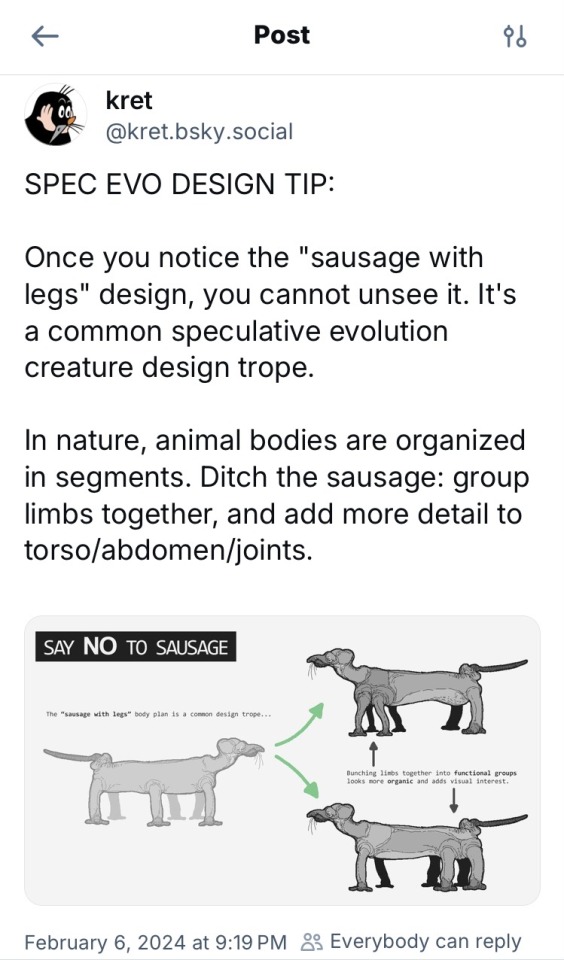
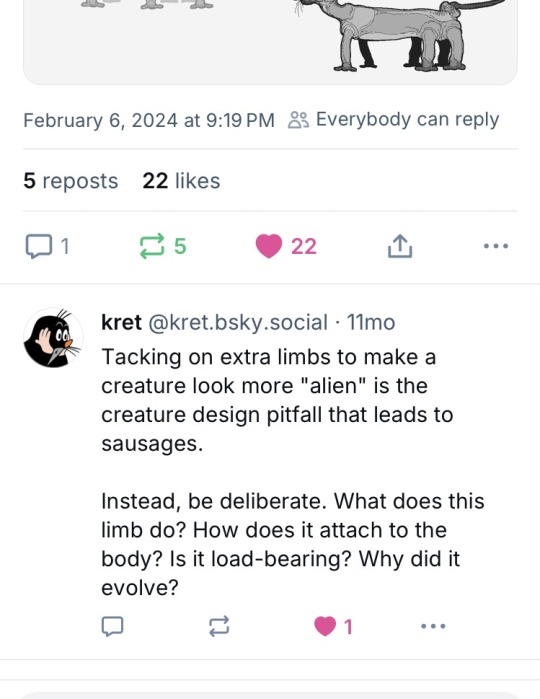
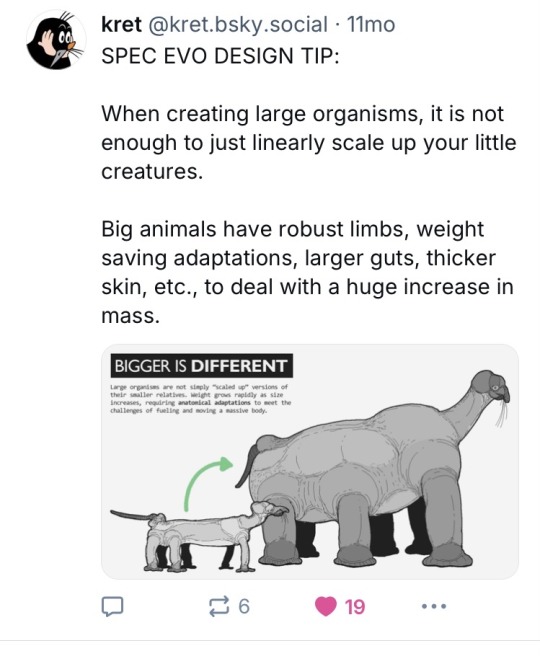
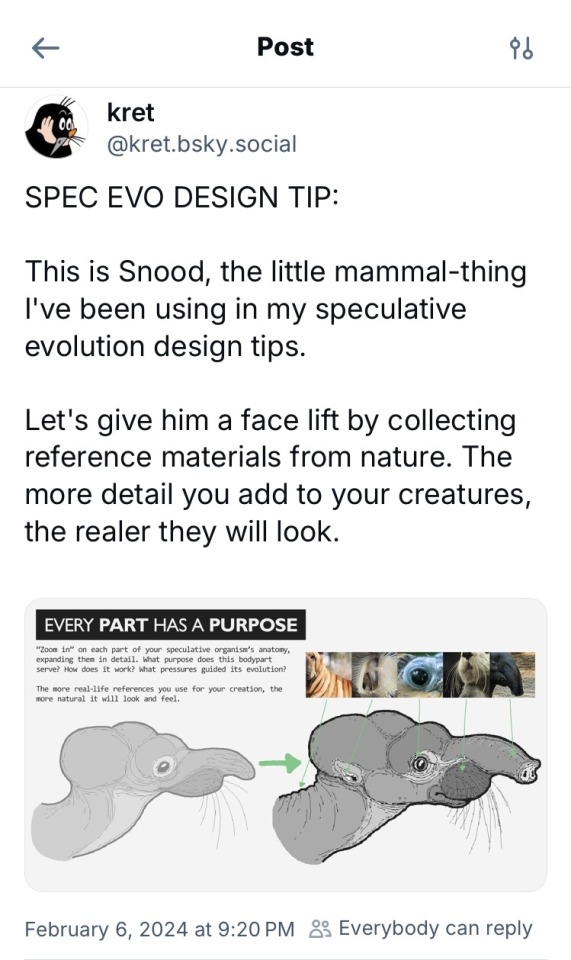
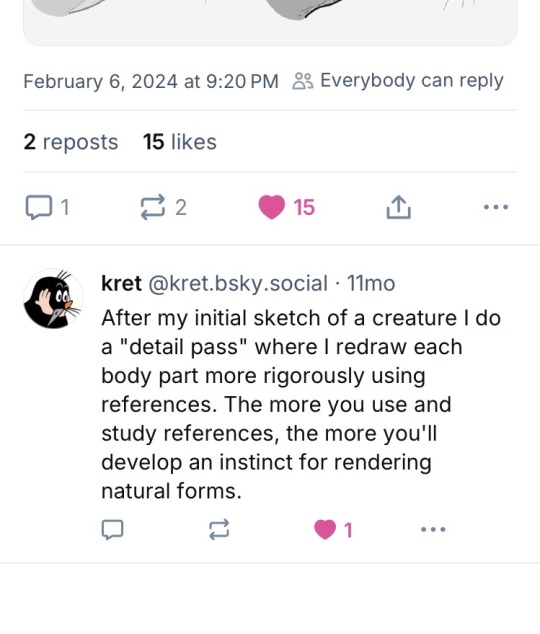
#bluesky#bsky#bsky social#artist on bluesky#speculative biology#speculative evolution#speculative zoology#specevo#spec evo#spec zoo#specbio#spec bio#worldbuilding#speculative worldbuilding#worldbuilding ideas#worldbuilding tips#creature design#creature concept#creature#creature art#art tips#art ideas#art advice#worldbuilding art#worldbuilding concept#artists#art hacks
3K notes
·
View notes
Text

last post before i enter the medieval torture apparatus (ap exam week)
#genuinely forgot this was in my drafts and i was supposed to post it when i got internet again. ah well.#drew this on the plane ride home dw i’m not drawing yaoi during exam prep week#although arguably shuake is more important to me than photosynthesis and cell signaling bUT SSHSHHHHHHHHHSSHH nobody HEARD that okay#NEVER drawing epaulettes (akechi’s stupid tasseled shoulder pads) again whoever designed this mf hated him so much and it shows 💀#atlus let me onto the art team please I’LL show you how to design him properly#anyway yea it’s so fucking over if i don’t get a 5 on bio and stats i’m gonna end it all those r literally my majors 💀#gotta lock in 💯#persona 5 royal#persona 5#p5r#p5#ren amamiya#akira kurusu#goro akechi#akechi goro#shuake#akeshu#lotus draws#ik i should’ve probably deleted my socials so i could lock in but i start experiencing withdrawal symptoms if im away for too long
2K notes
·
View notes
Text

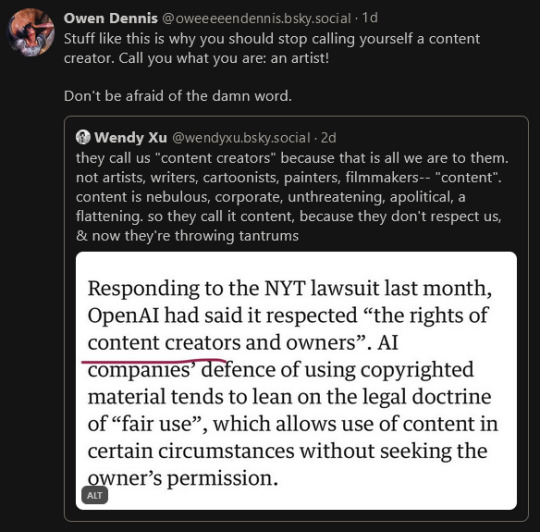
"content creator" is a corporate word.
we are artists.
#anti ai#fuck ai#artists on tumblr#please do not call me or any artist a content creator#i'm an artist. a fanartist. a designer. but not a content creator#ai clowns in my replies will be deleted and blocked without response so do not waste your breath#you are not an 'artist' for generating an image any more than you are a chef for ordering from a restaurant. someone Else did the work.#owen dennis just deleted all his blue sky stuff again and i hate that he does that because he makes such interesting comments#about the entertainment industry lmao i need to just. start screenshotting every smart thing he says#anyway thats why i decided to finally make this when its been sitting in drafts for a few months#owen dennis#edit - if you dont know who owen dennis is he's the creator of one of the best animated series of the last 20 years (Infinity Train)#he's very open about talking about art and the entertainment/animation industry on social media and in his newsletter and hes so cool 4 it
9K notes
·
View notes
Text
patient 0 of the chismosavirus

#conclave 2024#conclave fanart#conclave movie#ray o'malley#i have an exam tomorrow and i really need to study#ray is literally the gossip queen and social media warrior#he has like 200 followers hehe#i might design his twitter profile later idk
1K notes
·
View notes
Text
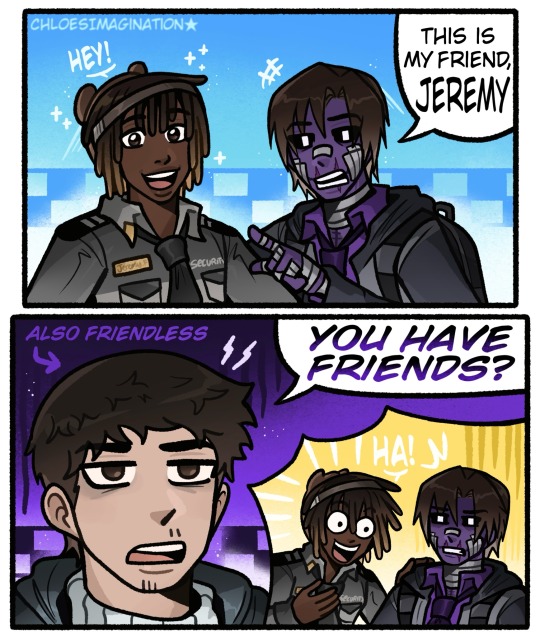
FNAF movie Mike meets Jeremy Fitzgerald
#myart#chloesimagination#comic#jeremy fitzgerald#michael afton#mike schmidt#fnaf#fnaf 2#fnaf fanart#five nights at freddy's#FINALLY more of Jeremy!!#sorry it’s taken so long for more of this boy but he returns 🩵#Mike doing a self burn here too#HE knows very well he doesn’t have friends so how Michael got one#(Mike has one friend too and that’s Jeremiah)#Least Mike made Jeremy laugh-#Jeremy just got here and his homie already being out on blast#I love the idea of Jeremy and Michael actually being friends#like Michael is awful anti social monster and he’s buddies with the most chipper guy ever#it’s good bit I think it’ll be fun to explore that more!#I gotta draw Jeremy more after this#there’s sm to draw with him 💜💜#I hope yall like him and his design!!
6K notes
·
View notes
Note
*carefully picks you up and peeks into your conch snail shell*
Ehm... Sorry to bother, but... Could we, maybe, possibly... see Vasco's wife and her lover pictured by your hand? Sorry again, thank you for listening. Take care.
*delicately lays you back into the water to prevent any stress or dehydration*
Unfortunately I don't have her lover figured out yet, but I think Ludovica looks something like this:
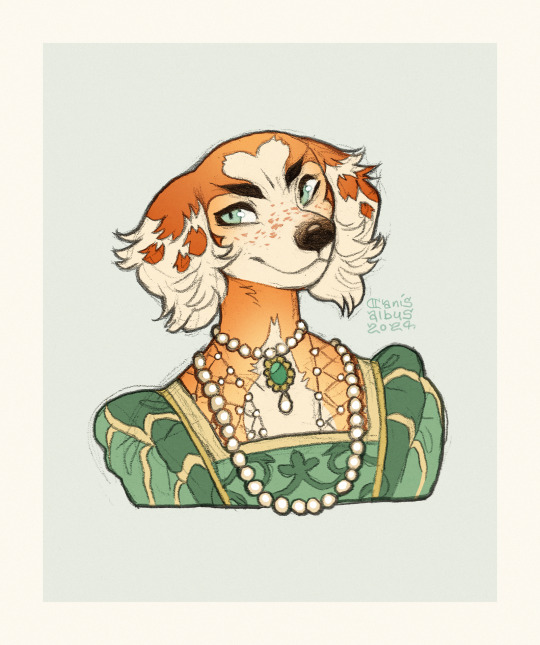
#own art#own characters#CanisAlbus#Ludovica#vertopus#Vaschete lore#I may still tweak the markings this isn't 100% guaranteed final design#might make her colors a bit more reddish perhaps#but you know this is the general vibe#she was originally inspired by brittany spaniels and one of my old unused characters#to be fair the whole thing was built around the idea that she should have strong eyebrows and green theme color#again jury is still out on the renaissance hairstyle/head piece I'll try to come up with something#still trying to get a good grasp of the girlfriend too#she's most likely her lady-in-waiting or other court companion#essentially a woman of high social class whose job is to accompany a noblewoman and assist her on her daily activities#a best friend more or less#conch snail hours#she will kick anyone's ass. she will kick your ass. she will kick your dog's ass. she will kick her own ass.
4K notes
·
View notes